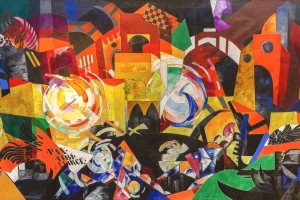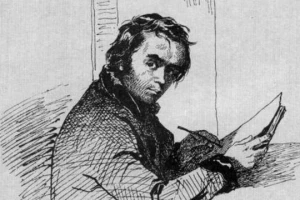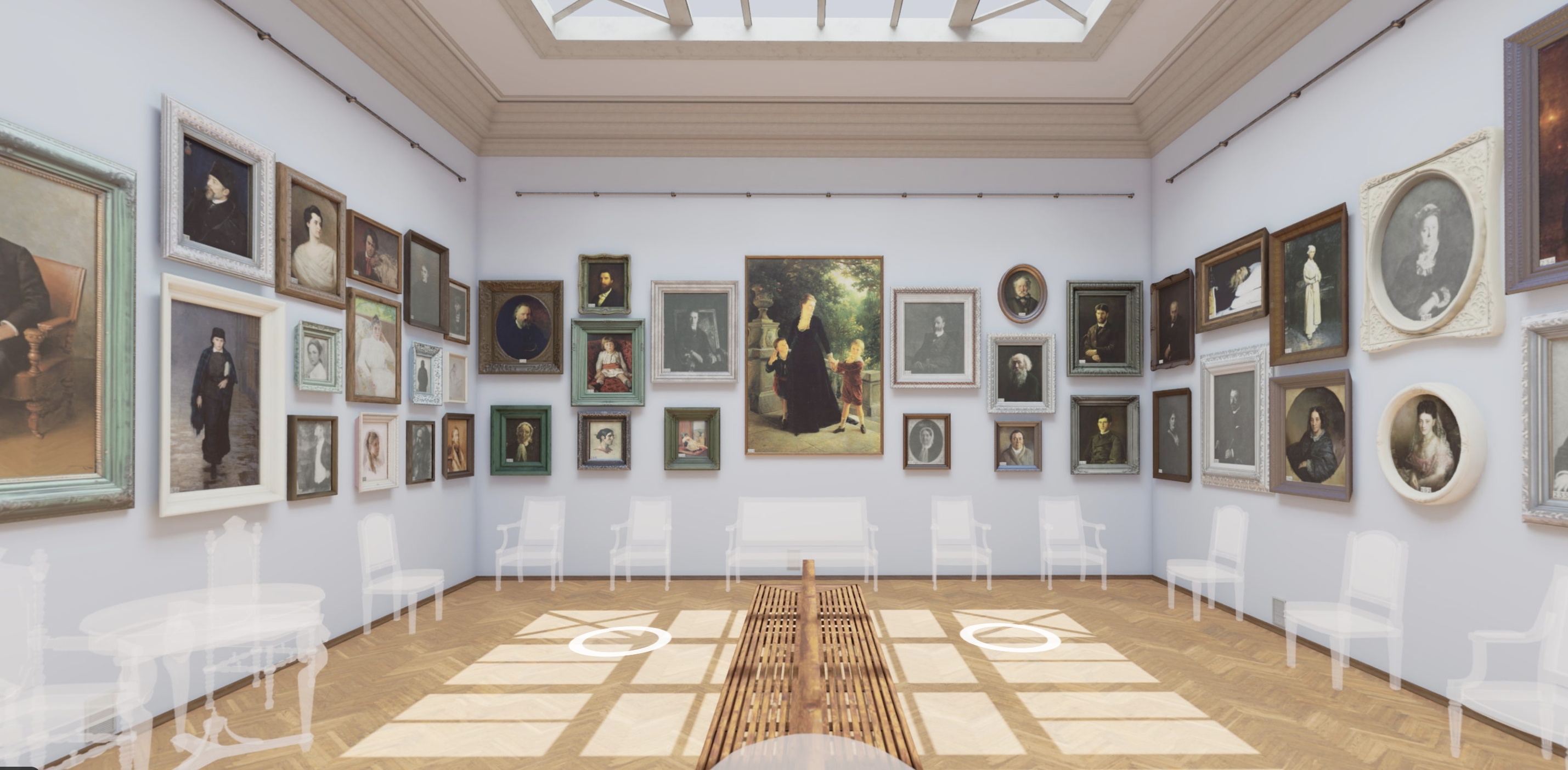The Trypillian culture is one of the most mysterious and vivid chapters of Ukraine’s ancient history. It existed more than 5,000 years ago, leaving behind vast settlements, refined ceramics with ornaments that still astonish with their symbolism, and unique examples of everyday life. Traces of the Trypillians are found by researchers from the Dnipro to the Danube, and their monuments have become a true key to understanding human life in the Eneolithic age.
Today, the heritage of this culture can be seen not only on the pages of textbooks or in scholarly publications, but also with one’s own eyes — in museums of Ukraine. From small local collections to national institutions, they preserve original artifacts that tell the story of the Trypillians’ world.
In this selection, you will find 7 museums where you can feel the breath of an era, touch the mysterious creations of ancient masters, and embark on a journey through millennia that still hold many secrets.
The National Museum of the History of Ukraine
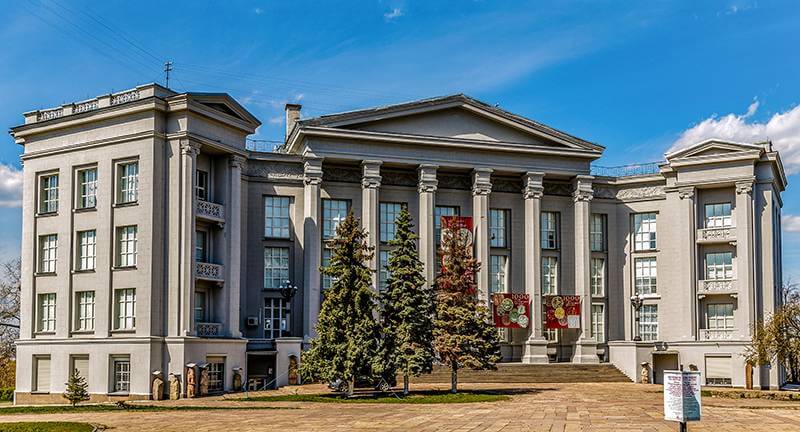 The National Museum of the History of Ukraine
The National Museum of the History of Ukraine
The National Museum of the History of Ukraine in Kyiv houses one of the largest and most valuable collections of Trypillian culture artifacts (4th–3rd millennia BC), considered the heart of the country’s archaeological heritage. The collection includes thousands of items discovered during excavations in the Kyiv, Cherkasy, and Podillia regions, as well as in the Dniester–Dnipro interfluve, spanning different periods — from the excavations of Vikentiy Khvoika to the museum’s own research. Among the finds are unique artifacts that reveal the distinctive features of the Trypillian culture.
State Historical and Cultural Reserve "Trypillia Culture"
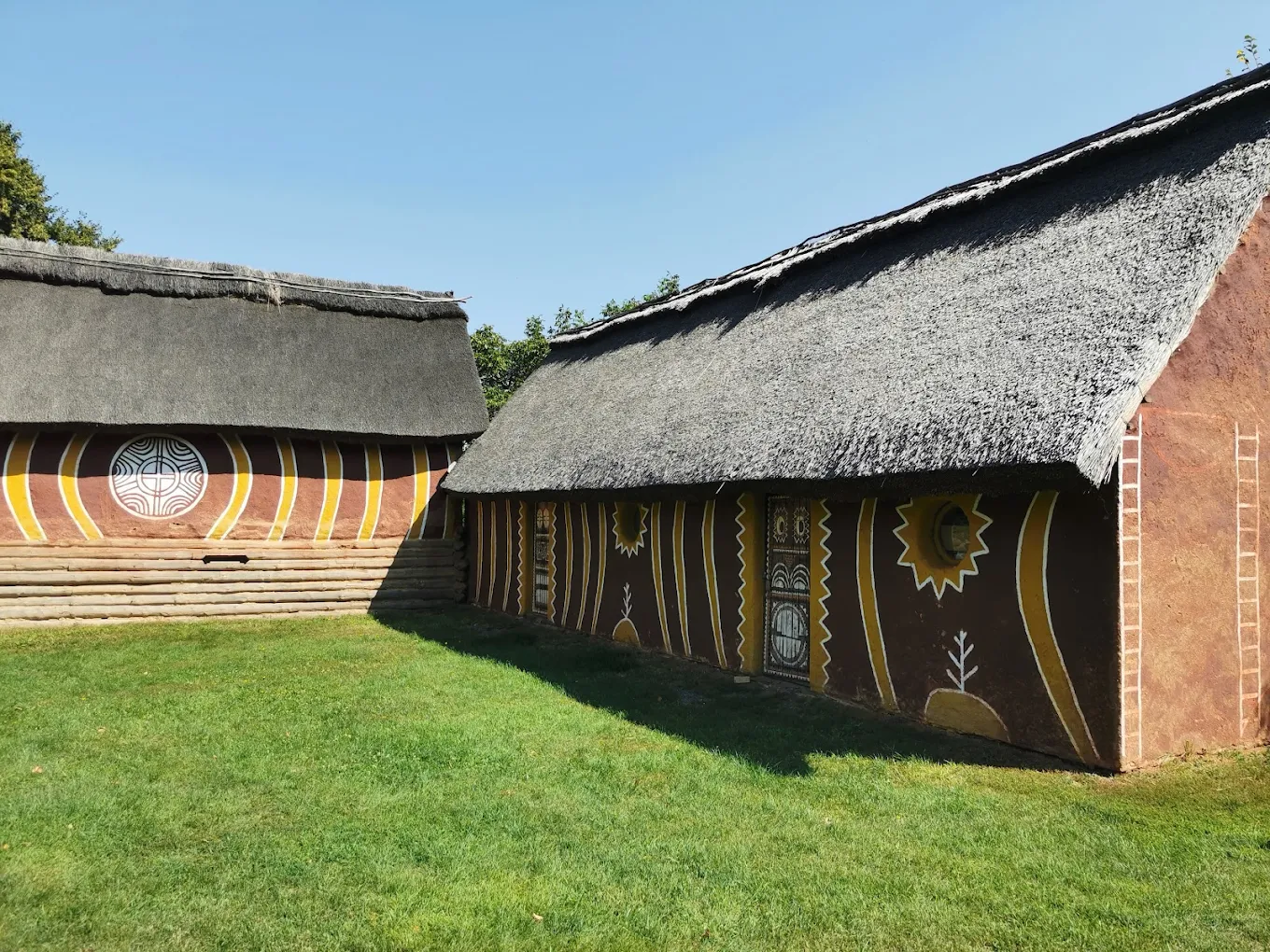 State Historical and Cultural Reserve “Trypillian Culture”
State Historical and Cultural Reserve “Trypillian Culture”
In the small village of Legedzyne in the Cherkasy region, there is a unique historical and cultural complex — the State Historical and Cultural Reserve “Trypillian Culture.” It is here that archaeologists explore the world’s largest Trypillian settlements: dozens of hectares of fields reveal new pages of this ancient civilization every year.
Visitors to the reserve can see excavation sites with their own eyes, view the museum exhibition with original finds, and even step into the role of Eneolithic inhabitants by entering life-sized reconstructions of Trypillian dwellings. Such a journey offers not only a look at artifacts but also full immersion into the everyday life and worldview of people who lived here more than five thousand years ago.
Verteba Cave Museum of Trypillian Culture
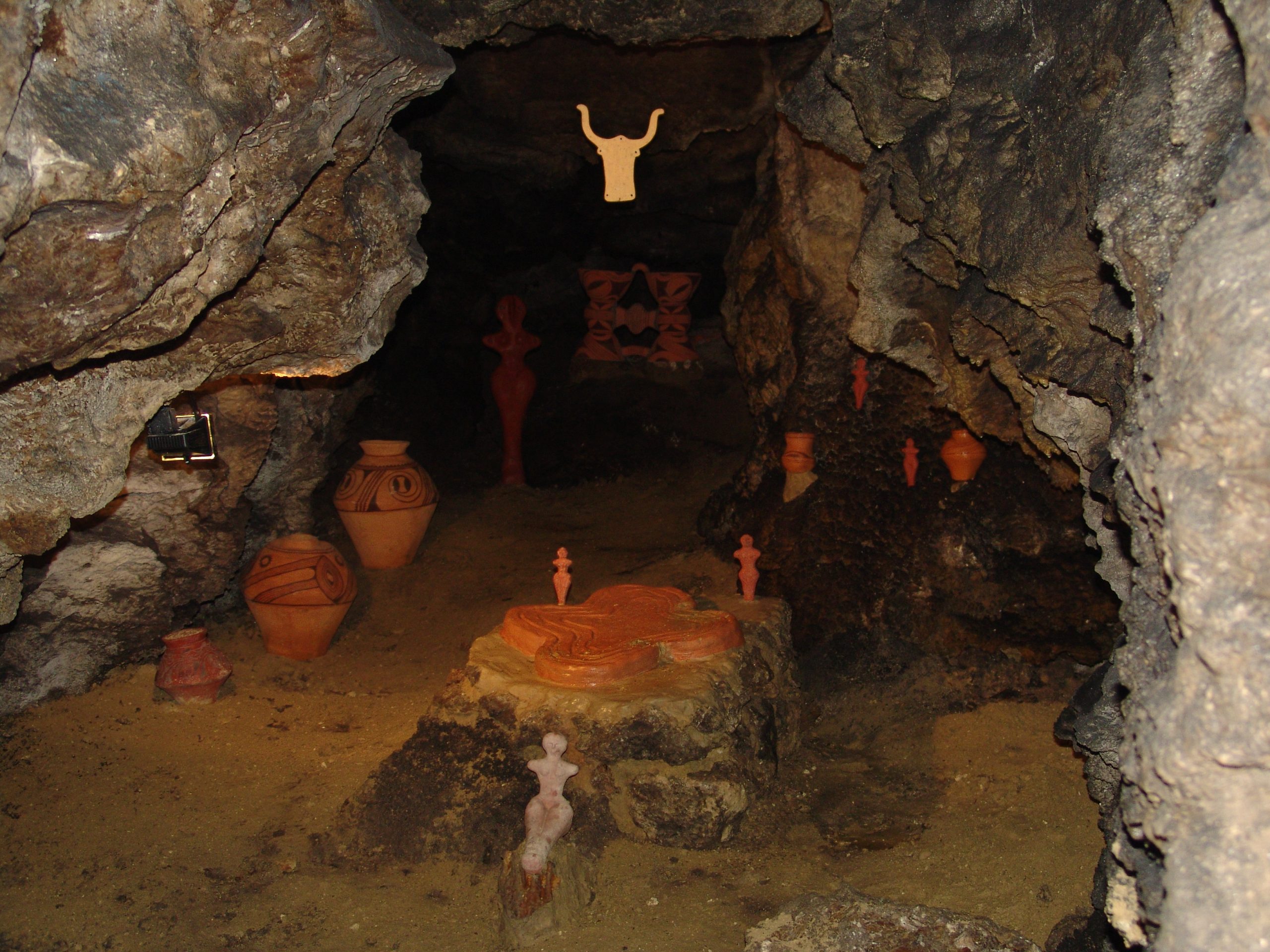
On the outskirts of the village of Bilche-Zolote in the Ternopil region lies a unique archaeological site — the Verteba Cave. First explored in the 1820s, it has since become a true sensation for archaeologists. Over the course of research, a rich collection has been gathered: ceramics, anthropomorphic and zoomorphic figurines, and tools made of bone, flint, stone, and copper, belonging to three different local groups of the Trypillian culture.
The finds obtained during excavations, combined with the natural setting of the site, made it possible to establish a museum within the cave itself. Visitors can embark on a fascinating journey into the mysterious underground world, discovering original archaeological materials of the Trypillian culture.
Cherkasy Regional Museum of Local Lore

The Cherkasy Regional Museum of Local Lore holds one of the richest collections of Trypillian culture artifacts in Ukraine, as the Right Bank of the Dnipro River was one of the key centers of its development. Archaeological materials gathered during numerous expeditions in the Cherkasy region form a comprehensive picture of the life of the Trypillians on these lands 5–6 thousand years ago.
Of particular value is the collection from the so-called “proto-city” settlements explored in the area of modern Cherkasy region. It allows researchers to trace the high level of social organization and spiritual culture of these ancient farmers.
Kyiv Regional Archaeological Museum
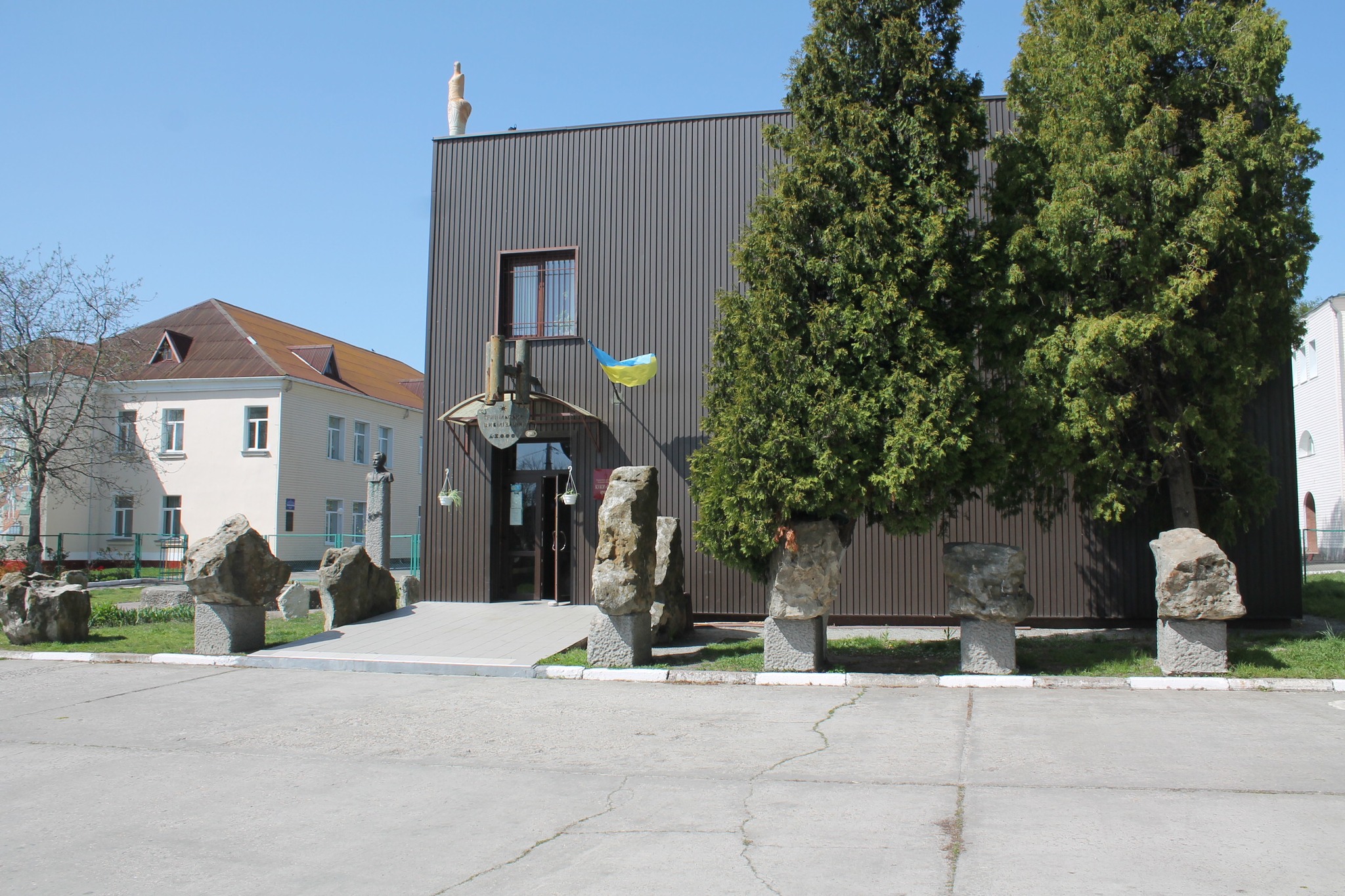
In the village of Trypillia in the Obukhiv district of the Kyiv region, there is a museum dedicated to the archaeology of the area and, in particular, to the famous Trypillian culture, which took its very name from this locality. The centerpiece of the exhibition is the collection of materials from Trypillian settlements.
What makes the museum especially significant is its location on the very lands where archaeologists first uncovered Trypillian culture sites at the end of the 19th century (the excavations of Vikentiy Khvoika). This makes it not only a place for preserving artifacts but also a symbolic center for the study and popularization of this ancient civilization.
Museum of Trypillian Culture (Pereyaslav)
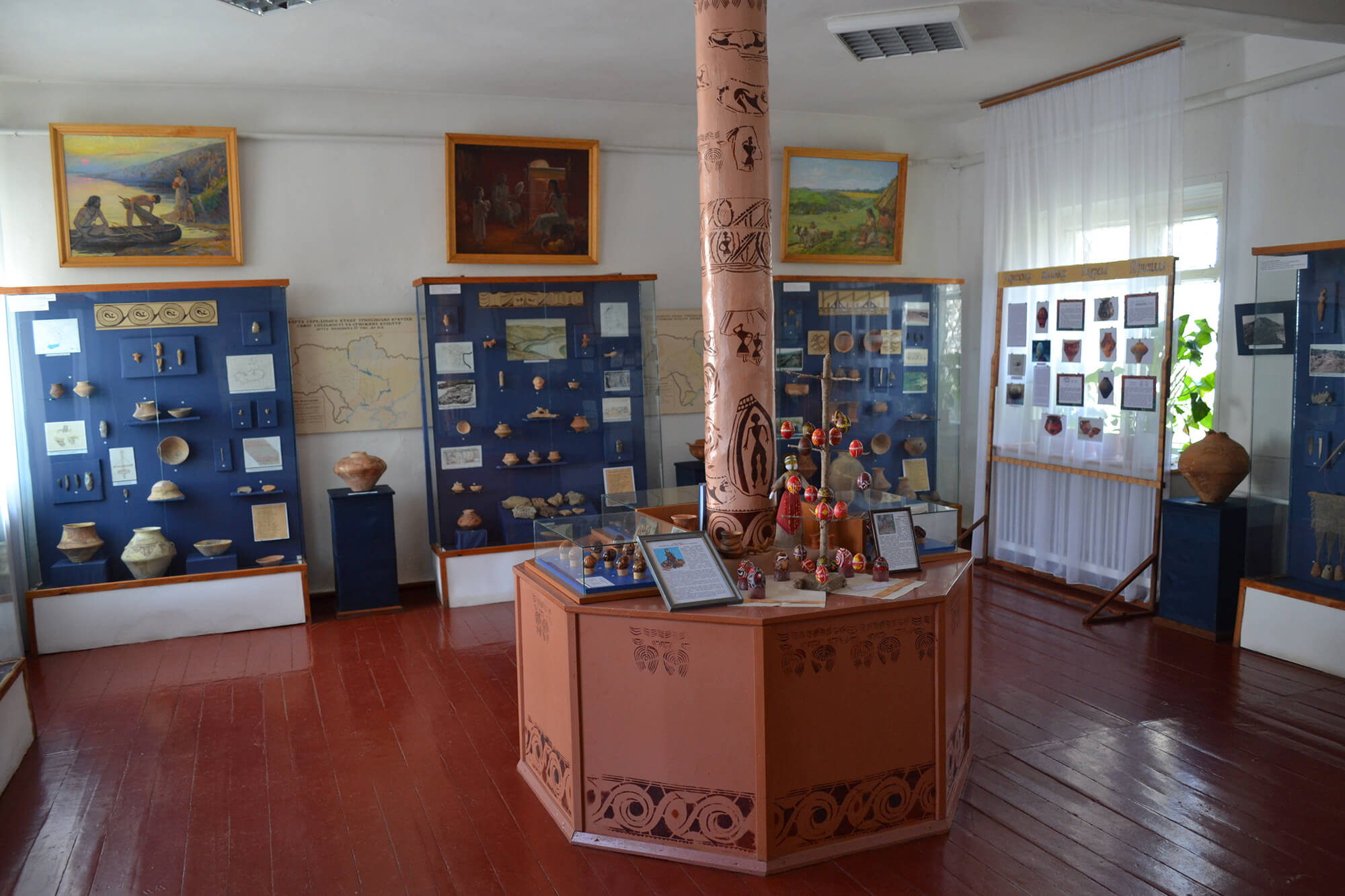
As part of the National Historical and Ethnographic Reserve “Pereiaslav,” the Museum of Trypillian Culture is one of the few institutions in Ukraine dedicated specifically to the life and heritage of the Trypillians. Opened in 2003, it is based on materials from numerous archaeological expeditions carried out in the Kyiv region and neighboring areas. The core of the collection was formed through the research of Tamara Movsha.
Vinnytsia Regional Museum of Local Lore
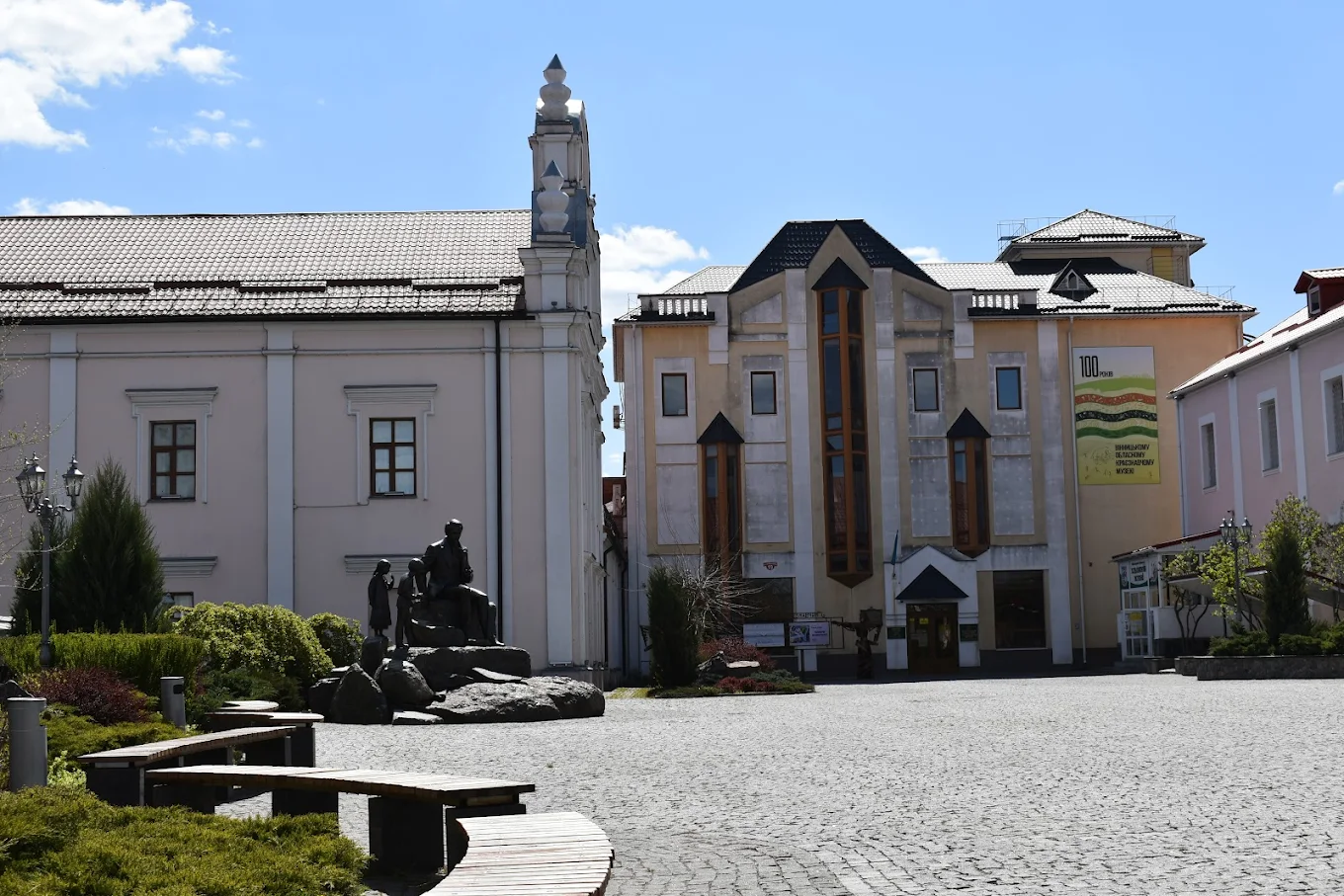
The Vinnytsia Regional Museum of Local Lore preserves one of the most remarkable collections of Trypillian culture artifacts in Podillia, as these lands were an important center of its development. Painted ceramics, clay figurines of humans and animals, tools, and fragments of building plaster form the core of the collection. Of special value are materials from the large settlements of the Vinnytsia region, which testify to the existence here of true “proto-cities” with hundreds of dwellings.
From Kyiv region to Podillia, from Cherkasy to Ternopil — Ukraine safeguards priceless monuments of the Trypillian civilization. Today, they can be seen in the National Museum of the History of Ukraine, the Kyiv Regional Archaeological Museum (village of Trypillia), the Museum of Trypillian Culture in Pereiaslav, the Cherkasy Regional Museum of Local Lore, the Vinnytsia Regional Museum of Local Lore, the Trypillian Culture Reserve in Legedzyne, and the unique Verteba Cave in Ternopil region. Each of these museums and sites reveals a different facet of this great culture — from vast proto-cities and painted ceramics to underground sanctuaries and reconstructed dwellings. Together, they create a mosaic of Trypillian heritage, allowing us to see and feel how, more than five thousand years ago, one of the most advanced cultures of ancient Europe was born on our lands.
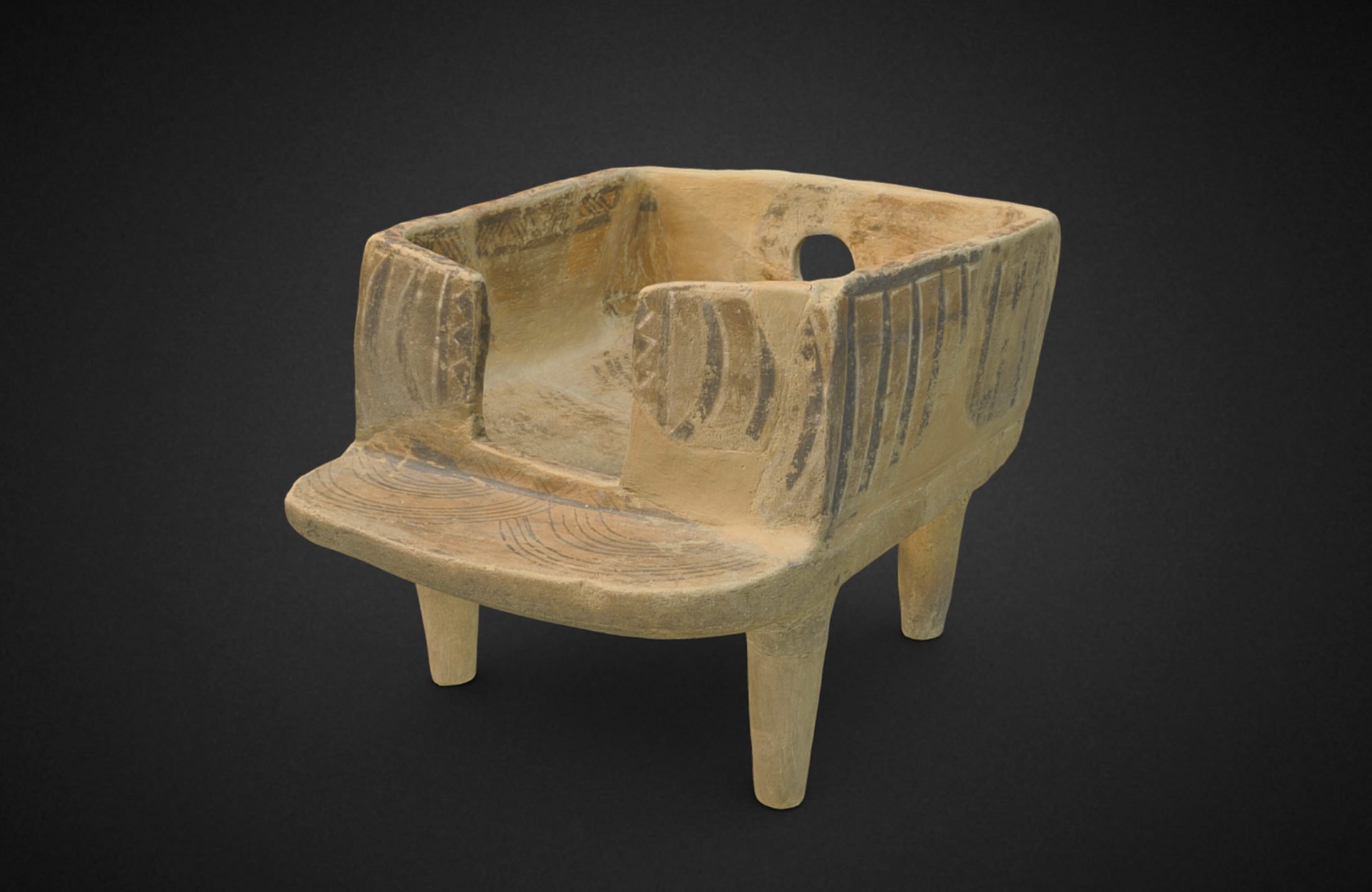

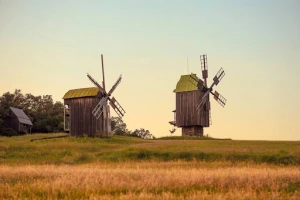
 (1)_latest.webp)
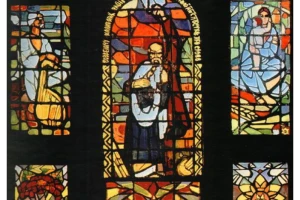
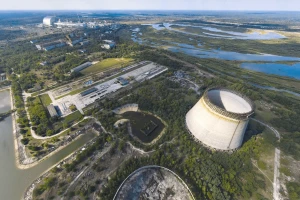
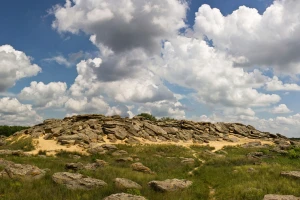
_latest.webp)

